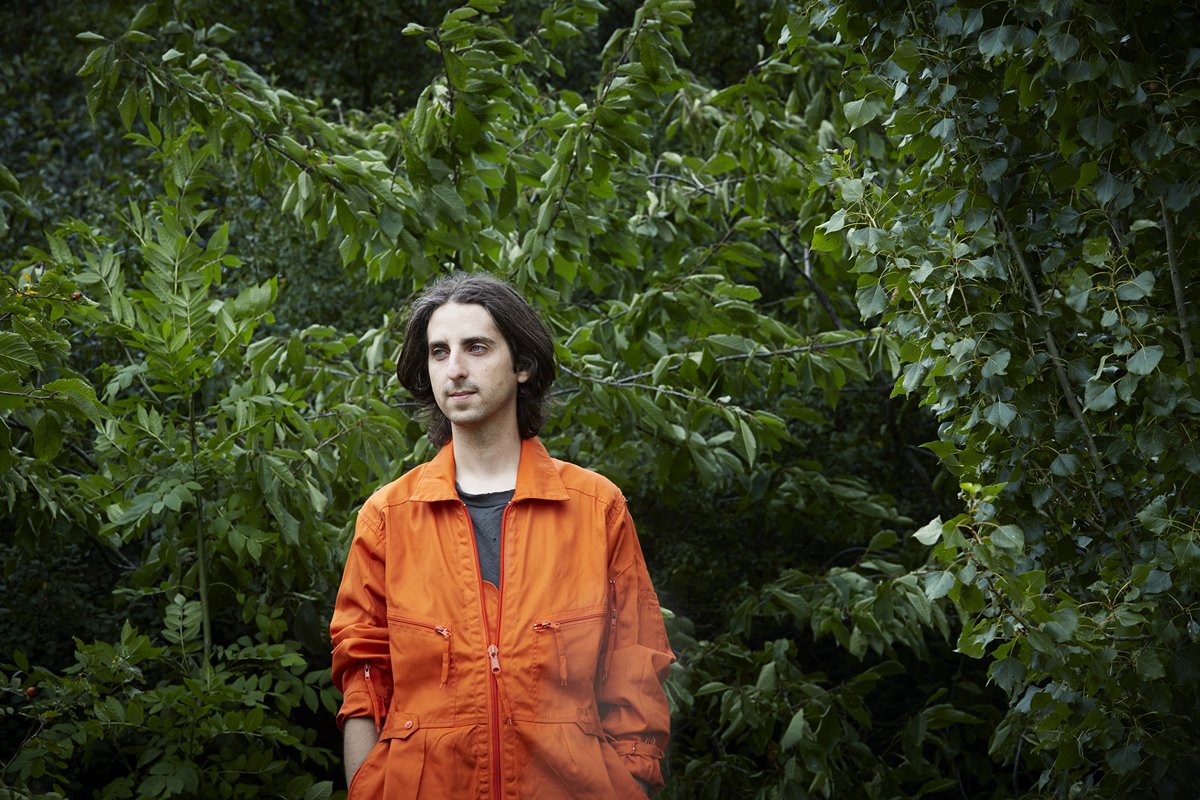
Venturesome spirit: A five track introduction to James Holden
James Holden is a venturesome spirit, who over the course of a near twenty year career, has produced a vast array of exciting, thought-provoking and progressive electronic music.
As his sound has developed, so too have his live performances — collaborations with Maalem Houssam Gania and the formation of The Animal Spirits band turning shows into deeply inspiring, absorbing experiences. He is a prolific production and remix engineer, whose Border Community label is home to a strong roster of artists, as well as the vehicle for his own creations. From early computer technology to his current modular synth and laptop setup, he has always been inventive and inquisitive, working with engineers to adapt equipment and creating work with fellow music technology enthusiasts, such as Luke Abbott. Fans of Floating Points, Dave Harrington’s work with Innov Gnawa and Sarathy Korwar’s project with Hieroglyphic Being and Shabaka Hutchings in the A.R.E. Project will certainly respond to Holden’s latest project, but there’s a wealth more to explore from his catalogue. Ahead of Sunday’s show at the Royal Exchange Theatre with the brilliant Virginia Wing vs. XAM Duo in support, here’s is a five track introduction to the work of James Holden.
James Holden – A Break in the Clouds (A Break in the Clouds 12”, 2003)
During his early career, James Holden worked within and between numerous genres: techno, trance, tech-house and progressive variants of each. His sound has developed dramatically since that time, but his appreciation for sonic subtlety, detailed musical structure, melody and harmony are as obvious on his first works for Border Community as they are his latest. With its 126 BPM pulse, skipping hats, modulating tone blocks and melodic arpeggios, A Break in the Clouds is a subtle but mighty tech-house track that set a precedent for the quality of his label’s output.
James Holden – Renata (The Inheritors, 2013)
Skipping forward a decade reveals an unimaginable development in Holden’s production. On Renata, an outstanding track from the 61st greatest album of The Quietus’ existence, a depth, richness and grittiness less obvious in his earlier work, has entered the frame. Varied textures and production techniques hint toward an interest in the Düsseldorf school, in experimental synthesiser works and more organic, less drum machine-produced percussion sounds. Resident Advisor say of the track, ‘Holden’s shimmering, homespun synths gradually build in intensity and are joined by crashing live drums and squelching, acidic interference.’ Renata is more experimental, expressive and idiosyncratic than his earlier work; the sound of an artist having hit upon their style of music.
James Holden & Luke Abbott – 555Hz (Outdoor Museum of Fractals/555Hz, 2016)
In recent years, Holden has become more and more interested in live performance – performances where the creation of music and interaction of musicians is spontaneous, but built upon consistencies in sound, motifs and rhythm. This is where the influence of Terry Riley begins to show. James Holden & Luke Abbott were amongst the artists invited to play special shows commemorating the revered composer and synth pioneers’ 80th birthday in 2015, showcasing how live performances in the style Terry first outlined, could still produce fresh and invigorating results today. The recording of 555Hz comes from the pair’s rehearsal for those shows – a piece of slowly-evolving, fuzzy, textured music highlighting the versatility of modular synthesis.
James Holden – Pass through the Fire (The Animal Spirits, 2017)
Following The Inheritors, Holden designed The Animal Spirits with a view to playing its material live – crafting songs and a setup in the knowledge that they could be brought to stages around the world. Pass through the Fire again recalls the work of Terry Riley: a cyclical, minimal phrase from a plain synth patch beginning unaccompanied, before doubling and spawning modified and delayed phrases from the original motif. New rhythmic and melodic contributions join the mix, until a thick, sax-laden mid-section punctuates the gradual development made. The maturity of Holden’s work is evident, his scholarly nature and understanding of music’s key components making his work endlessly engaging.
James Holden – Youmala (Three Lives Takes, 2018)
Along with compositional developments, Holden has branched out into exploring the music of Africa. He has done so by way of collaboration, as with Moroccan Gnawa artist Maâlem Mahmoud Guinia and his group. On Youmala, Maâlem’s vocals rise above foreboding synth chords, Krakeb percussion instruments playing customary clustered triplet patterns and his own plucks of the distinctive stringed instrument, the guembri. It’s a special recording, a congregation of musicians exploring a contemplative mood with tremendous musicianship.







